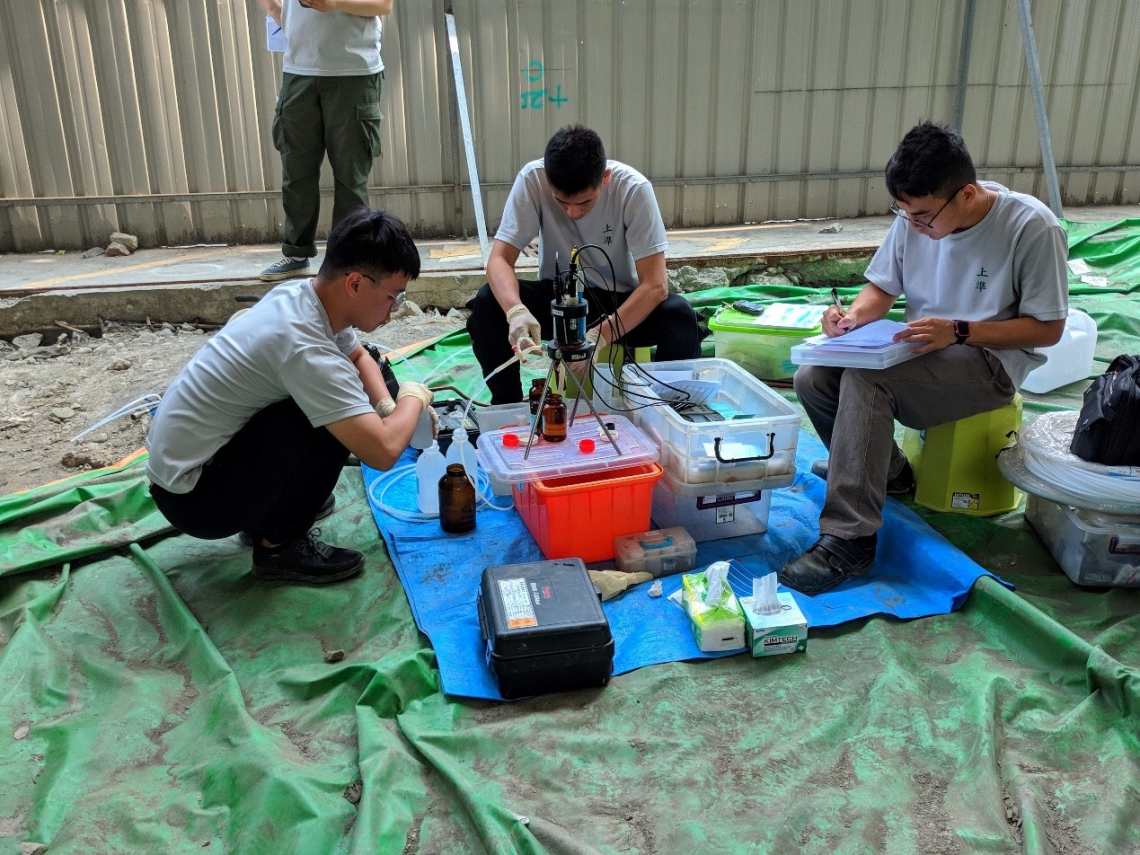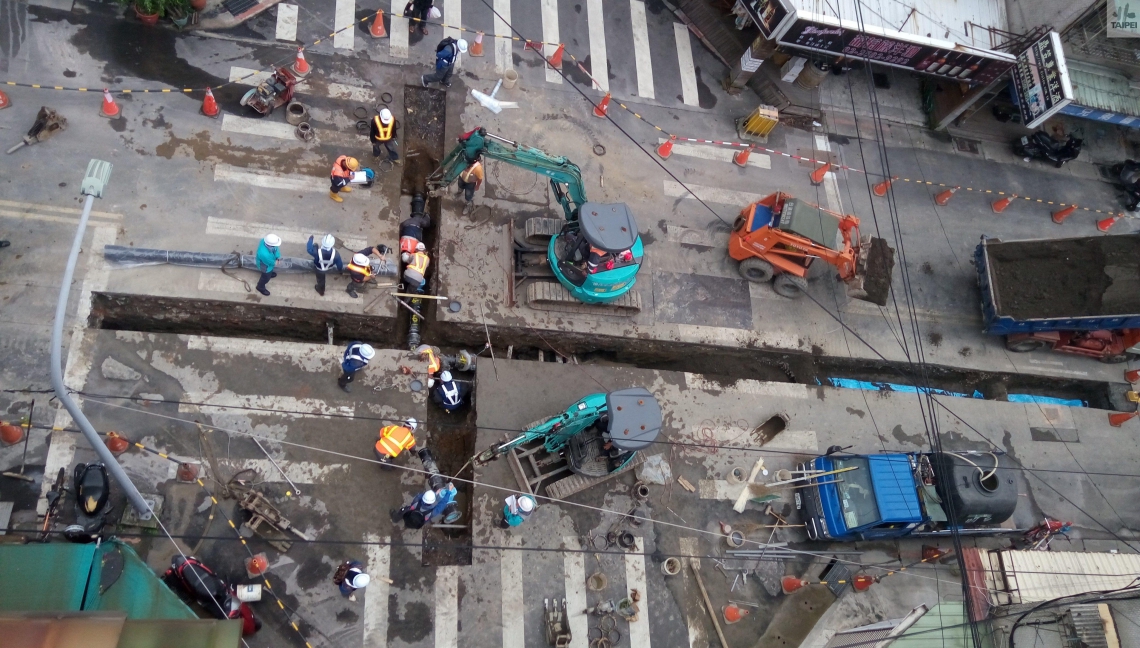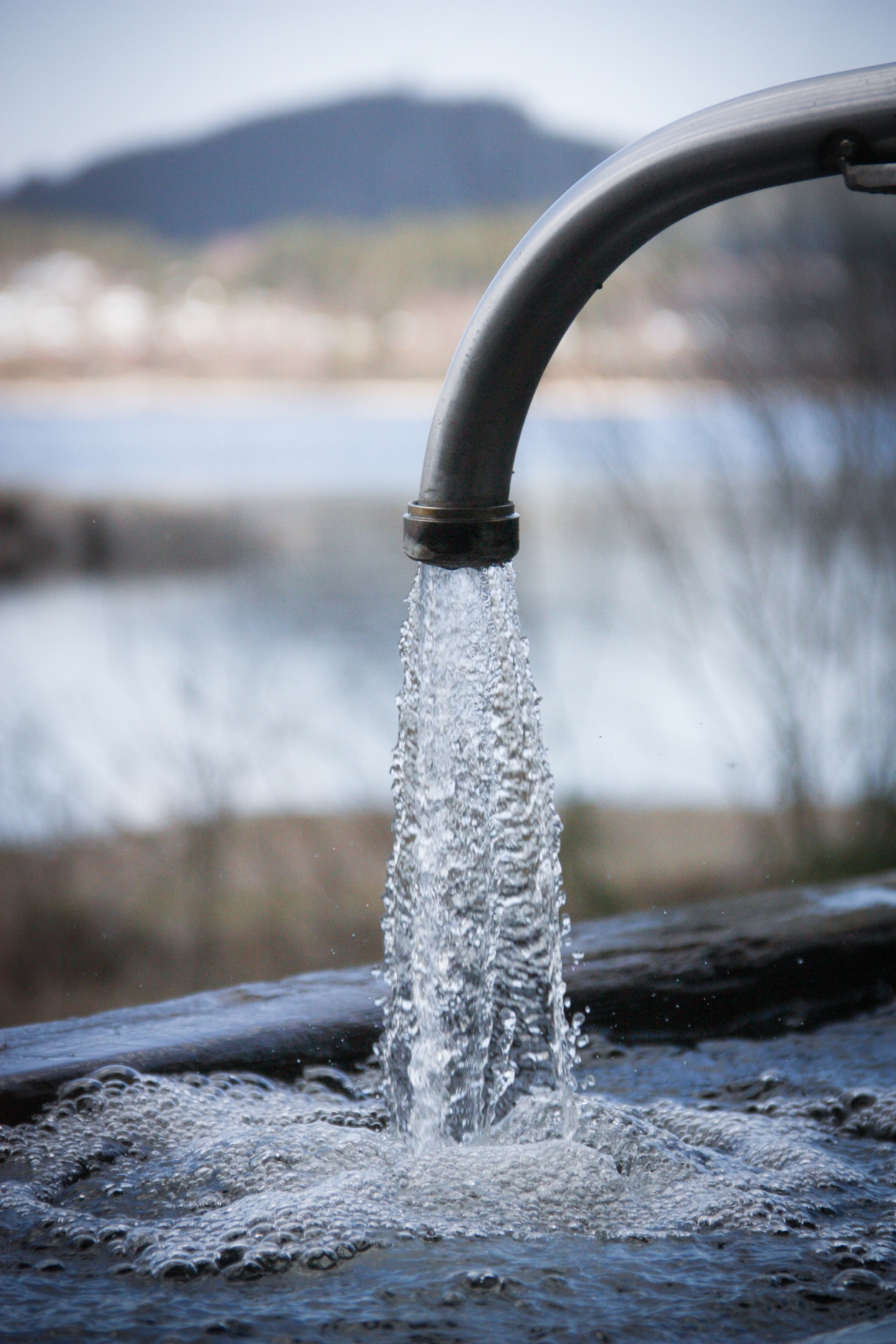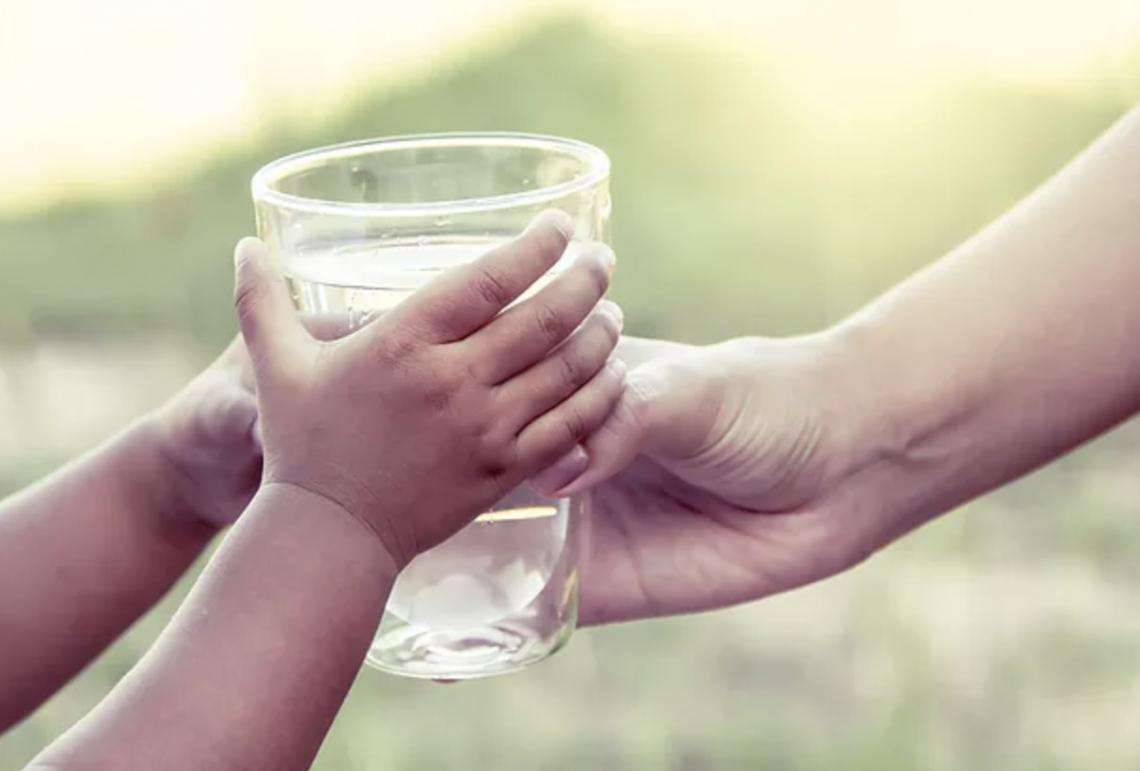
By 2030, achieve universal and equitable access to safe and affordable drinking water for all.
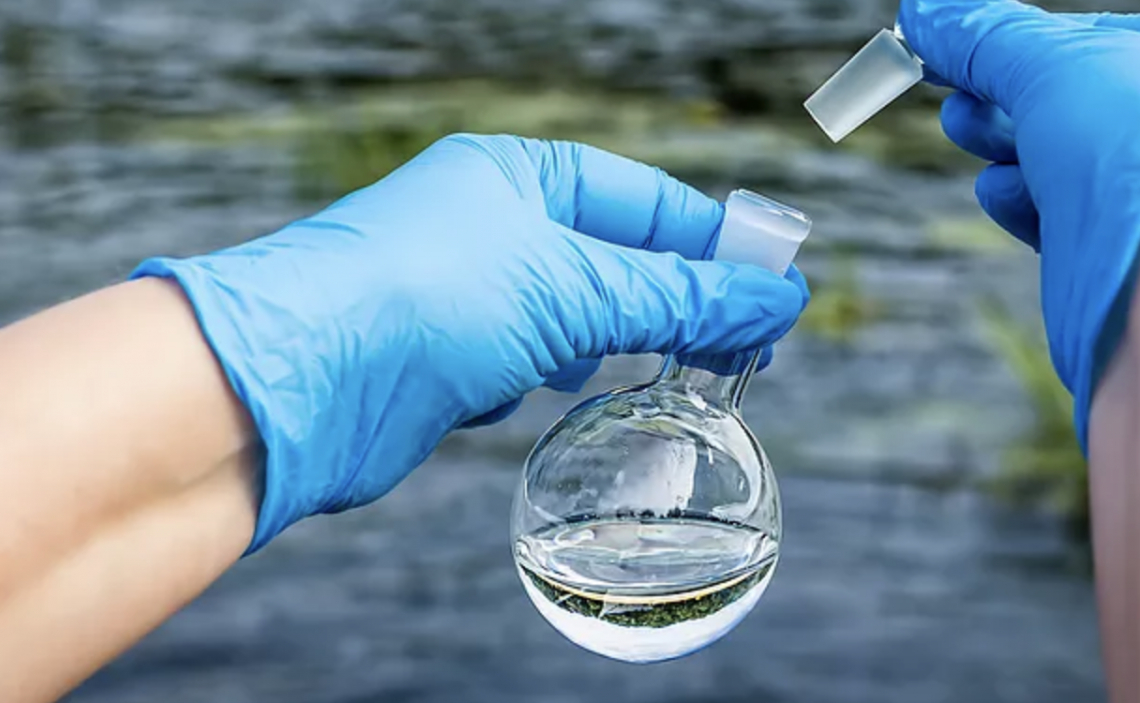
By 2030, improve water quality by reducing pollution, eliminating dumping and minimizing release of hazardous chemicals and materials, halving the proportion of untreated wastewater and substantially increasing recycling and safe reuse globally.
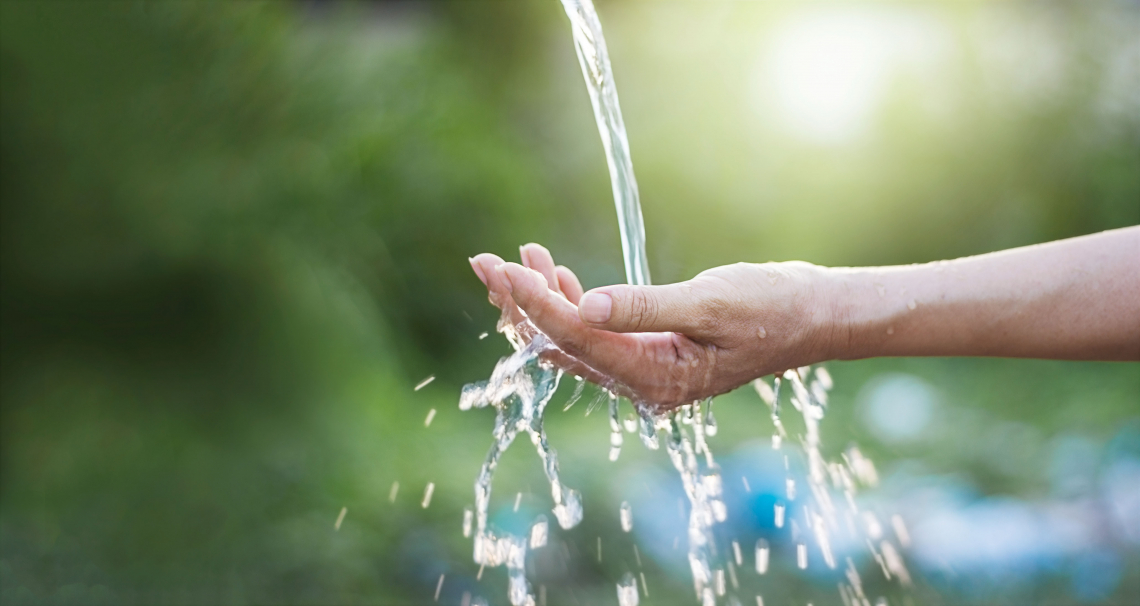
By 2030, substantially increase water-use efficiency across all sectors and ensure sustainable withdrawals and supply of freshwater to address water scarcity and substantially reduce the number of people suffering from water scarcity.
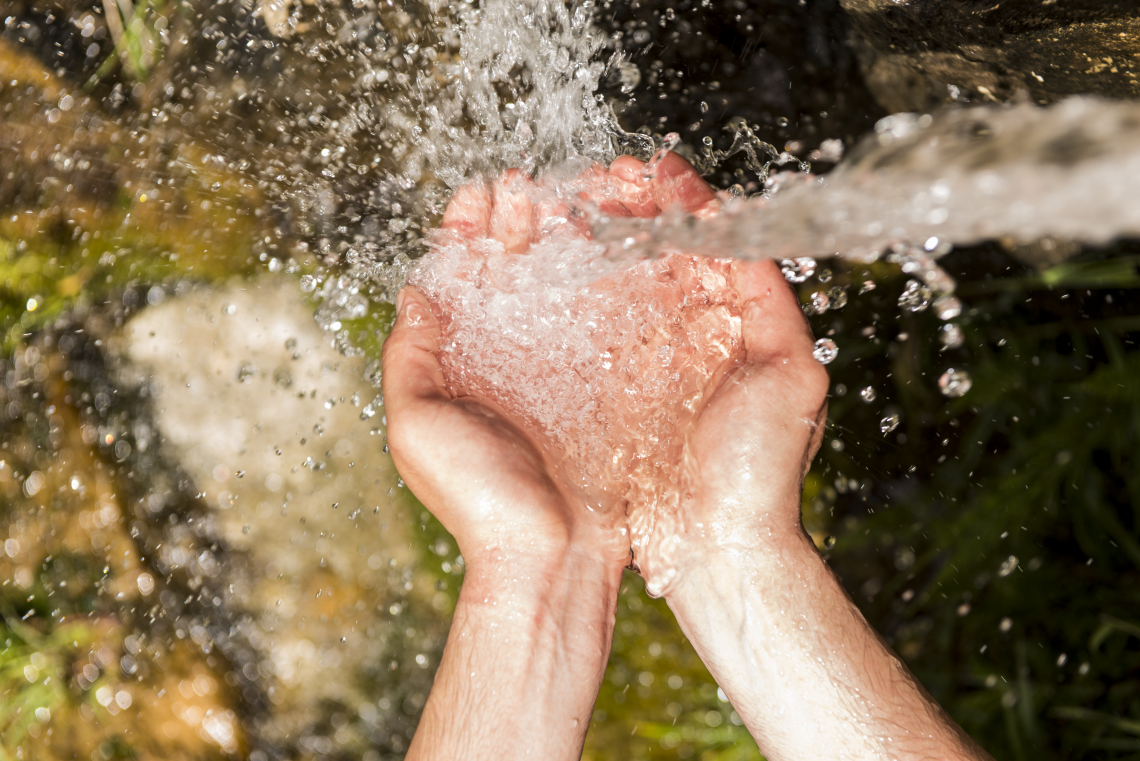
By 2030, protect and restore water-related ecosystems, including mountains, forests, wetlands, rivers, aquifers and lakes.
